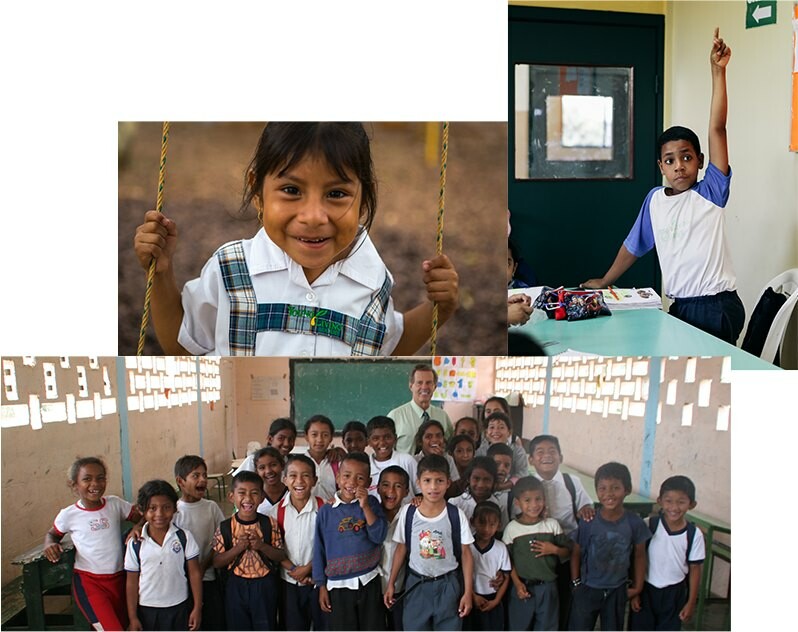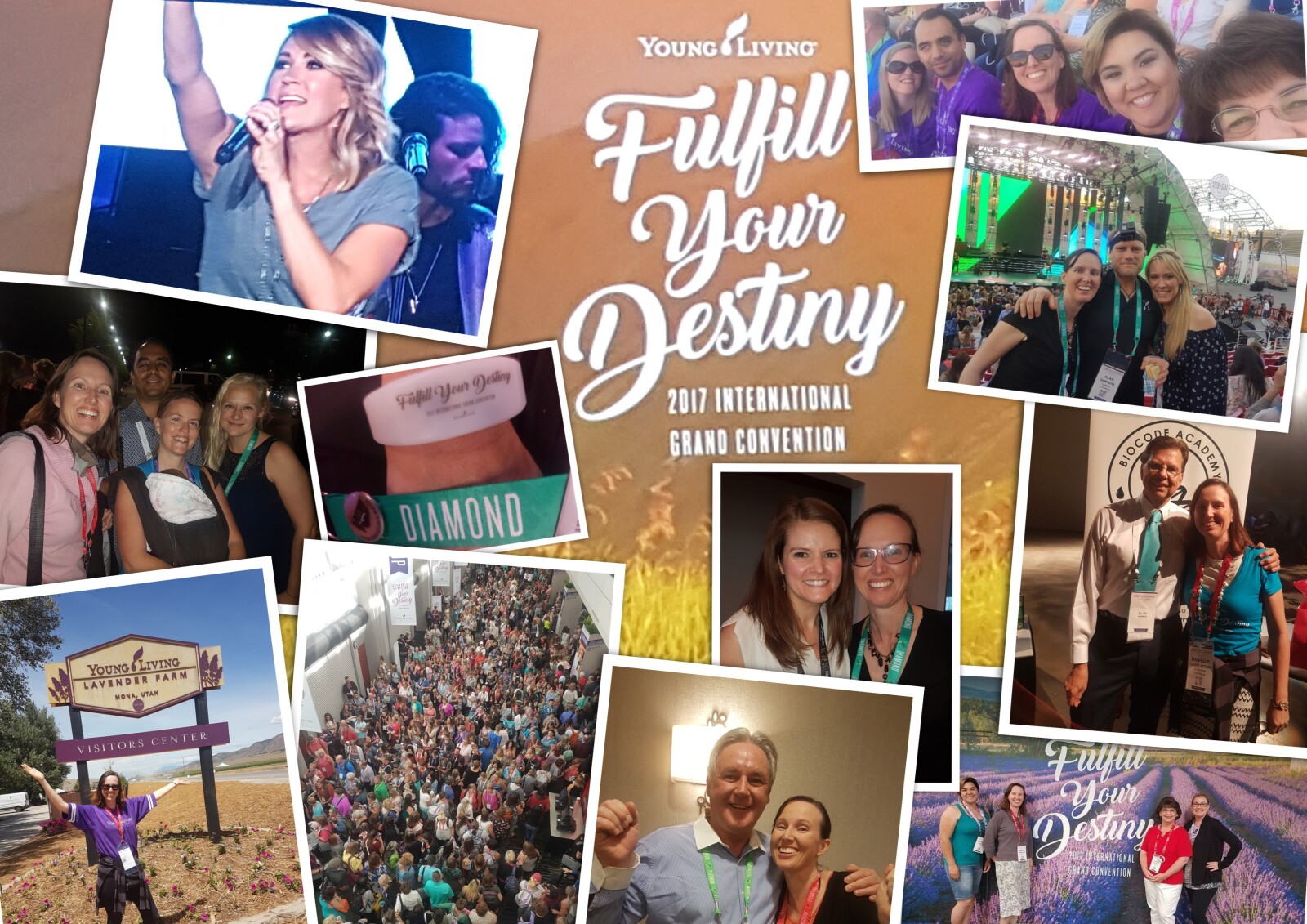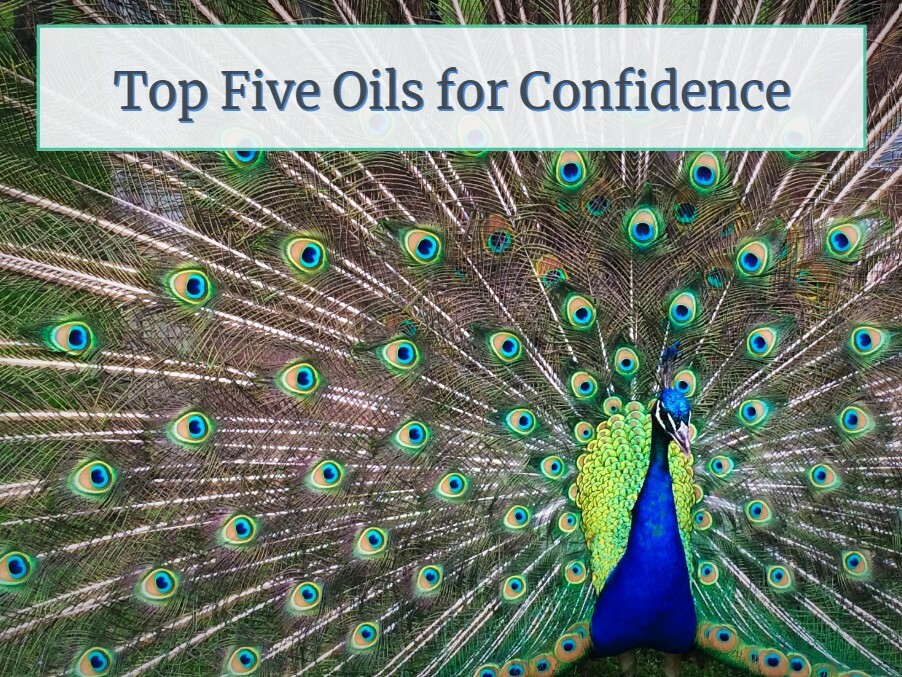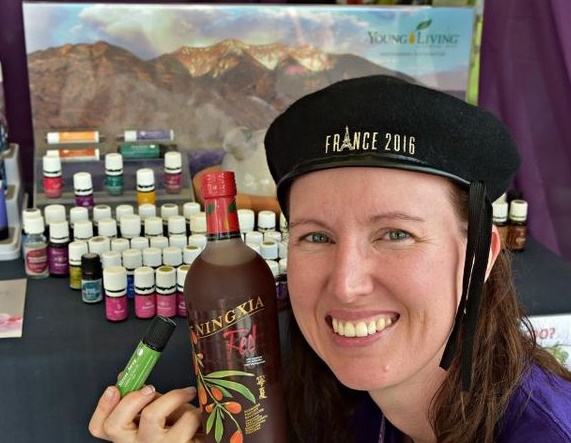
A message by Melisa Griffith
Development Director
The D. Gary Young Living Foundation
I wanted to share a personal story from a 14-year-old girl name Rachel (name changed to protect her identity).
The Hope for Justice team, based on the outskirts of Uganda’s capital of Kampala, identified that Rachel was trapped in an abusive, exploitative relationship under the guise of marriage. The team found out that Rachel had run away from home to escape an abusive and alcoholic relative, and had turned to the streets of Kampala, seeking security and an improved way of life.
Here, she was lured into sexual exploitation and forced labor at a bar. Rachel would service customers for the profit of the bar owner in exchange for food and shelter. When the COVID-19 lockdown restrictions occurred, Rachel was left stranded. It became a huge struggle for her to survive on the streets. As a survival mechanism, she continued to be trafficked for sex in exchange for shelter and food.
Following support from the police and local authorities to trace the family, the prevention team worked with the reunification team at Hope for Justice’s Tigers’ Lighthouse to arrange a pre-visit and eventually reunite her with her grandmother.
Josephine Nangendo, Hope for Justice’s Family Strengthening Officer, said: “The sight of Rachel hugging her grandmother gave me goose bumps. This immense love and family attachment had been destroyed by parental negligence but has now been rebuilt through Hope for Justice’s community-based responses by simply linking formal and informal processes.”









